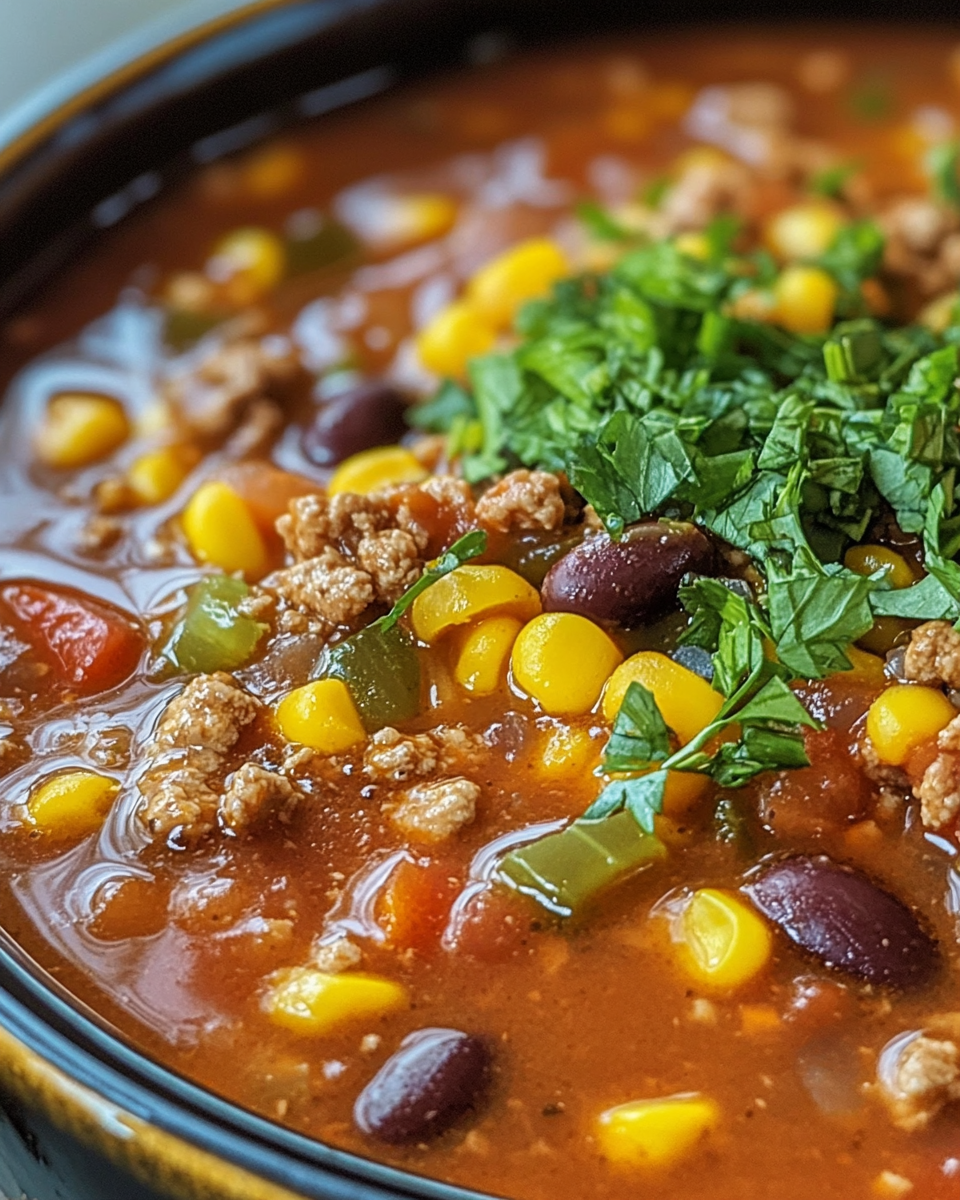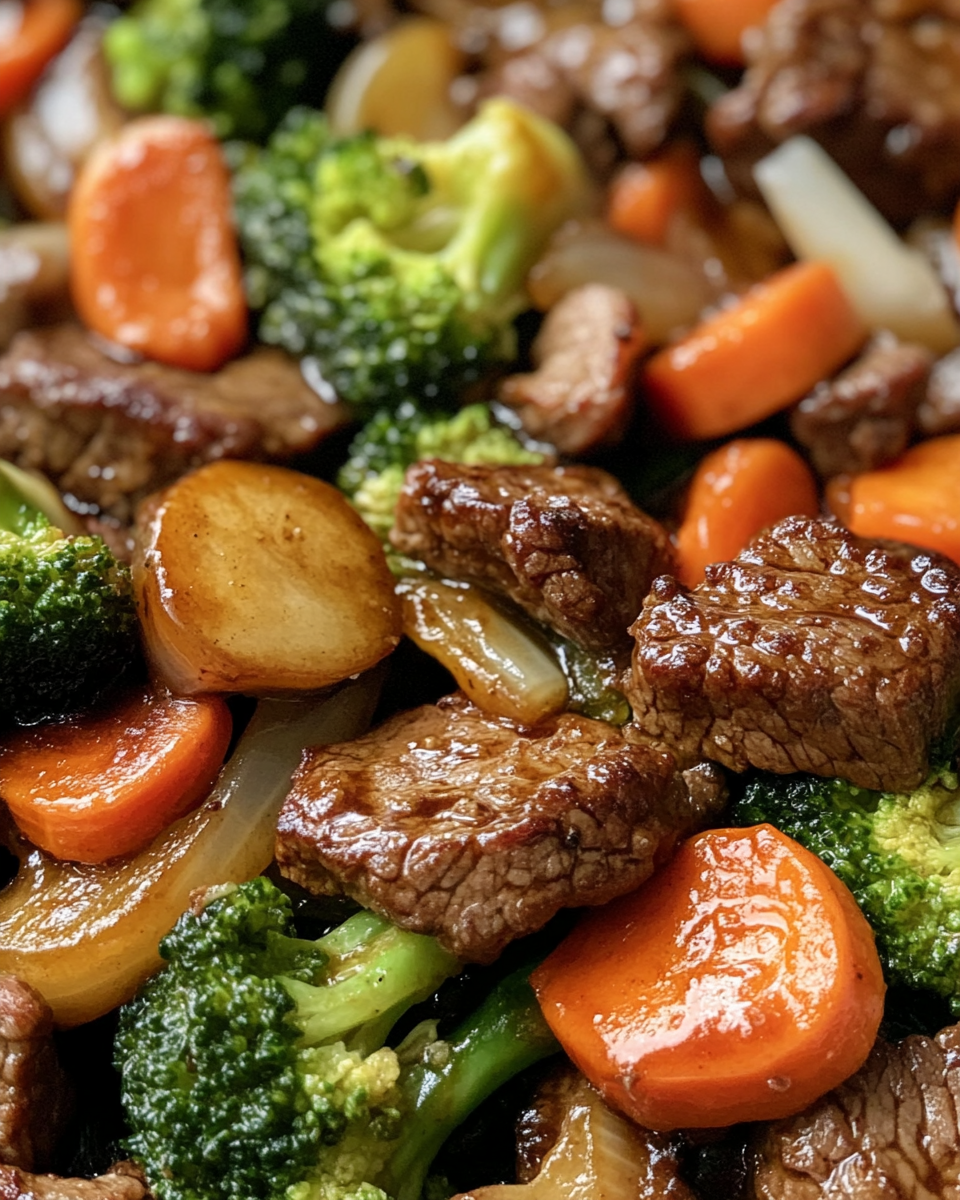Chocolate Buttercream Frosting: Rich, Creamy, and Perfect for Every Dessert
Chocolate buttercream frosting is a staple in the world of baking, cherished for its rich, creamy texture and decadent chocolate flavor. Whether you’re frosting cakes, cupcakes, or even cookies, this versatile frosting can elevate any dessert to the next level.
If you love the satisfaction of making desserts from scratch, you’ll also enjoy our recipes for Perfect Ribeye Steak Recipe and Kentucky Butter Cake, which are equally comforting and delicious.
Key Ingredients for Chocolate Buttercream Frosting
Making the perfect chocolate buttercream frosting at home requires only a few key ingredients. Let’s dive into what makes this frosting so special:
- Butter: Unsalted butter is best to control the salt content. It should be softened to room temperature for easy creaming.
- Cocoa powder: Unsweetened cocoa powder is essential for a deep chocolate flavor. You can use dark cocoa powder for a richer taste.
- Powdered sugar: Also known as confectioners’ sugar, this gives the frosting its smooth texture and sweetness.
- Vanilla extract: A small amount of vanilla adds depth and enhances the chocolate flavor.
- Heavy cream or milk: This helps achieve the desired creamy consistency. You can adjust the amount based on how thick or thin you want the frosting.
- Optional: Espresso powder for intensifying the chocolate flavor or melted chocolate chips for extra richness.
For more tips on baking, check out Slow Cooker Chicken and Gravy Over Noodles, a comforting dish that’s sure to impress.
Step-by-Step Instructions for Chocolate Buttercream Frosting
Preparation Time:
15 minutes
Servings:
Covers one 9-inch cake or 24 cupcakes
Instructions:
- Cream the butter:
- Begin by beating the softened butter in a large mixing bowl using an electric mixer on medium speed. Beat until the butter is light and fluffy, about 3-4 minutes.
- Add cocoa and powdered sugar:
- Gradually add the cocoa powder and half of the powdered sugar, beating on low speed to prevent the sugar from flying out of the bowl. Once incorporated, add the remaining powdered sugar.
- Incorporate vanilla and cream:
- Add the vanilla extract and 2 tablespoons of heavy cream. Beat on medium speed until the frosting is smooth and creamy. If the frosting is too thick, add more cream, one tablespoon at a time, until you reach the desired consistency.
- Whip until fluffy:
- Continue beating for 2-3 minutes, until the frosting becomes light and fluffy. Scrape down the sides of the bowl as needed.
- Frost your cake or cupcakes:
- Once the frosting is ready, use a spatula or piping bag to apply it to your desserts.
Tips for Perfect Chocolate Buttercream Frosting
- Use softened butter: Cold butter won’t mix properly, and melted butter can make the frosting too runny.
- Sift your powdered sugar: To prevent lumps, sift the powdered sugar and cocoa powder before adding them to the butter.
- Adjust consistency: If your frosting is too thick, add a little more cream. If it’s too runny, add more powdered sugar.
If you’re looking for more dessert inspiration, try Dorito Chicken Casserole—a unique dish that pairs savory flavors with a satisfying crunch.
Popular Variations of Chocolate Buttercream Frosting
This classic recipe can easily be adapted to suit different preferences or dietary needs. Here are some popular variations:
- Swiss Meringue Chocolate Buttercream: This silky version combines chocolate buttercream with meringue, resulting in a lighter texture.
- Vegan Chocolate Buttercream: Swap the butter for plant-based margarine and use almond milk or coconut milk for a dairy-free option.
- Chocolate Ganache Buttercream: Melt chocolate chips and combine them with buttercream for an extra rich, ganache-infused frosting.
- Nutty Chocolate Buttercream: Add almond butter, peanut butter, or hazelnut spread to the frosting for a nutty twist.
- Spicy Chocolate Buttercream: Incorporate cayenne pepper or chili powder for a spicy kick, perfect for pairing with rich chocolate cakes.
Nutritional Information and Healthier Alternatives
Nutritional Breakdown (per serving):
- Calories: 250
- Fat: 15g
- Carbohydrates: 30g
- Sugar: 28g
Healthier Alternatives:
- Low-sugar version: Use a sugar substitute like powdered erythritol to reduce the calorie count.
- Lighter option: Replace half the butter with Greek yogurt for a lighter, protein-packed frosting.
- Dairy-free option: Use vegan butter and a non-dairy milk alternative such as almond milk or coconut milk.
Serving Suggestions for Chocolate Buttercream Frosting
Chocolate buttercream frosting can be used in a variety of ways to elevate your baked goods:
- Cakes: Perfect for spreading on chocolate, vanilla, or red velvet cakes.
- Cupcakes: Pipe it onto cupcakes using a piping bag for beautiful swirls.
- Cookies: Use it as a filling between cookie sandwiches or spread it on top of cookies as a rich icing.
- Brownies: Frost a layer of this buttercream on top of brownies for an extra decadent treat.
- Fruit dip: Surprisingly, chocolate buttercream makes a great dip for strawberries and other fruits.
How to Store and Reuse Chocolate Buttercream Frosting
Storing Leftovers:
- Keep leftover chocolate buttercream frosting in an airtight container in the fridge for up to one week.
Reheating:
- Before using refrigerated frosting, let it sit at room temperature for 30 minutes. Re-whip it with an electric mixer to restore its fluffy texture.
Freezing:
- Chocolate buttercream can be frozen for up to 2 months. Thaw it in the fridge overnight and beat it again before using.
Frequently Asked Questions (FAQs)
How do you make chocolate buttercream frosting thicker?
If your frosting is too runny, you can thicken it by adding more powdered sugar, a tablespoon at a time, until it reaches the desired consistency. Refrigerating the frosting for 10-15 minutes can also help firm it up.
Can I use salted butter instead of unsalted?
Yes, but be cautious about adding extra salt to the frosting. You may want to skip any additional salt in the recipe to avoid an overly salty taste.
How do I make the frosting more chocolaty?
For a richer chocolate flavor, you can add melted dark chocolate or increase the amount of cocoa powder. A teaspoon of espresso powder also enhances the chocolate flavor without making the frosting taste like coffee.
Can I leave chocolate buttercream frosting out overnight?
If the room temperature is cool, you can leave the frosted cake out for a few hours. However, to be safe, it’s best to refrigerate the frosting and the cake, especially in warm conditions.
Common Mistakes to Avoid
- Not using room temperature butter: Cold butter won’t mix properly, leading to a lumpy frosting.
- Adding too much liquid at once: Gradually add your cream to control the texture of the frosting.
- Over-mixing: Over-beating can cause the frosting to become too airy, losing its rich, creamy texture.
- Skipping the sifting: Sifting your powdered sugar and cocoa powder is crucial to avoid lumps.
Conclusion
Chocolate buttercream frosting is a delicious and versatile frosting option for cakes, cupcakes, and cookies. It’s easy to make at home with a few simple ingredients, and the flavor can be customized to suit your preferences. Whether you’re making a classic version or experimenting with variations like vegan or ganache-infused buttercream, this frosting is sure to impress.
For more dessert ideas and comfort food recipes, explore Sheet Pan Pancakes or Ultimate Cheesy Ranch Chicken—both perfect dishes to serve alongside your favorite sweet treats.




